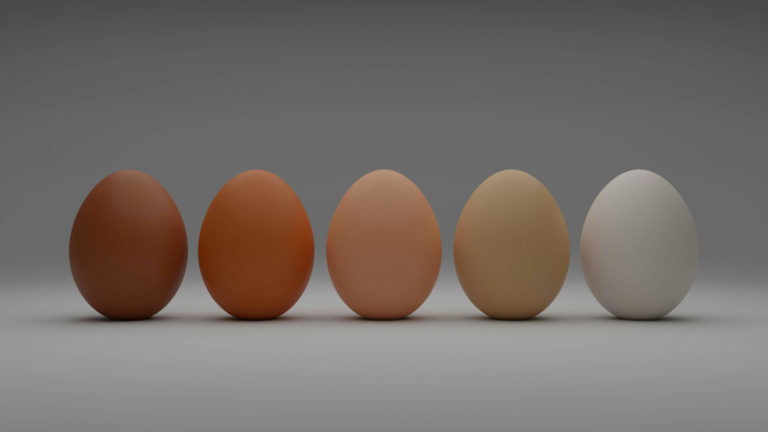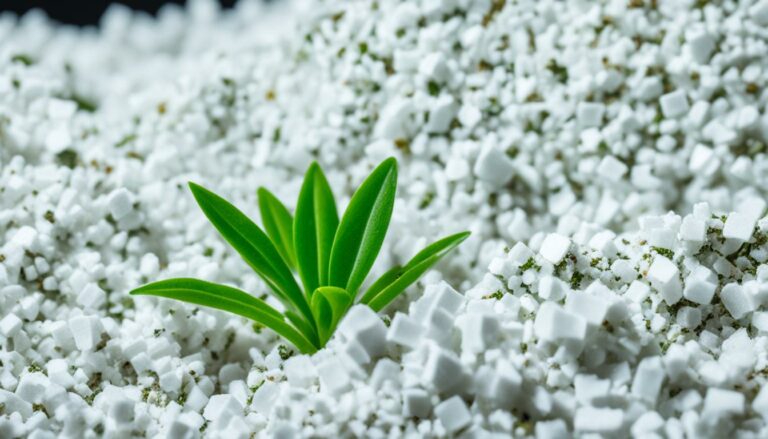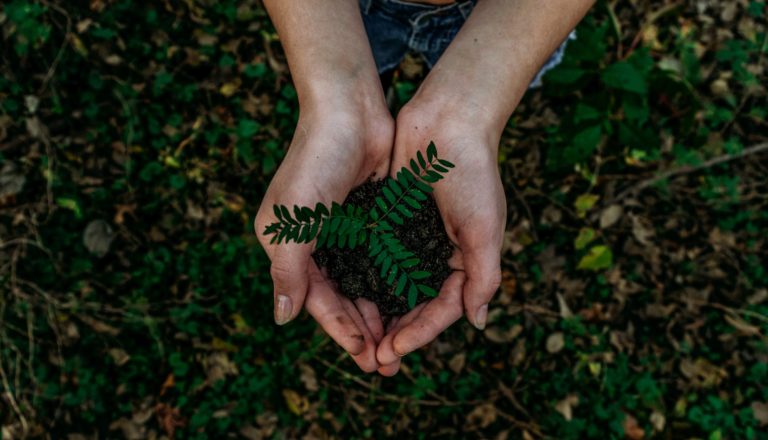Growing Food Plants in Hanging Baskets
Have you ever thought of growing food plants in hanging baskets?
This can be life-changing if you’re struggling with bugs, or you don’t want to continuously bend over, or you’re running out of space.
Hanging baskets lift your plants off the ground, keeps the slugs and snails away, and makes space on the ground for larger containers to grow other plants, or even dwarf fruit trees, in.
The first thing you need to consider when are going to grow food plants, is, “What does my family eat?” Grow what they eat, or you’ll waste your time and resources.
Another point you need to consider is where you are going to hang your hanging baskets. Most food plants need at least 8 hours of sun daily, while there are some plants that are more resilient and can grow in the shady areas around your house and garden.
Another benefit of growing food plants in hanging baskets is that you can move the basket as needed when the seasons change.
Vinecrops and smaller veggies work well in hanging baskets, but you can really get as creative as you want. Eggplants, strawberries, small peppers, cherry tomatoes, and lettuce are all good candidates. Chives, mustard greens, cabbage, and many herbs are naturals for hanging baskets, as are the always popular strawberry plants.
So think about where you are going to hang your baskets and let’s get planting!
Location of your Hanging Basket
One top tip is to hang your basket at head height. This makes it a lot easier to water, feed, and harvest the food.
Now decide where you are going to hang your basket. Will you bolt a metal bracket into the wall outside the front door? Outside the back, or even perhaps from a tree?
>In addition, you need to consider the season you are in and what parts of your garden get sunlight, and for how long each day.
Growing Food in Hanging Baskets – in the shade
There are a few food plants that are happy to grow in the shade, and can grow in baskets:
Remember to choose dwarf varieties where possible
| PLANT | BEST SEASON TO SOW | PLANTS PER PERSON |
| Lettuce | All year | 6 – 10 |
| Chard | Spring | 2 – 3 |
| Spinach | Late winter to mid-summer | 30 – 60 |
| Bok Choi | Spring & late summer | 1 – 3 |
| Celery | Early spring | 2 – 6 |
| Arugula | Late summer or early fall | 4 – 5 |
| Beets | Early spring.to mid-summer | 15 – 30 |
Growing Food in Hanging Baskets – in the sun
Food plants that are sun lovers, and can grow in baskets:
Remember to choose dwarf varieties where possible
| PLANT | BEST SEASON TO SOW | PLANTS PER PERSON |
| Peas | All year | 15 – 20 |
| Strawberries | Spring | 6 – 7 |
| Tomatoes | Late winter – early spring | 2 – 4 |
| Runner beans | Mid – late spring | 10 – 15 |
| Small peppers | Late winter – early spring | 3 – 5 |
| Egglant (dwarf) | Late spring | 2 – 3 |
| Zucchini | Early summer | 1 – 2 |
| Chillies | Spring | 1 |
| Cucumber | Late spring | 2 vines |
Grab these Tools to Get Started with your Hanging Basket
A plant growing in a hanging basket still needs the same things that it would in the ground, so healthy soil, good drainage, correct light, and protection from strong winds.
There are a huge variety of baskets that you can use – you can buy some really amazing ones that just look really awesome but will cost more. Even if you had some made, or want to make some yourself simply out of something like chicken wire, line the basket with coconut coir which you can get from your local garden center. It’ll just stop the soil from falling out all over the ground.
Soil
Make a mixture of peat, vermiculite or perlite, and compost. Perlite or vermiculite are natural and add texture to the soil which helps with drainage. Peat offers light acidity and helps conserve moisture. Compost, shop-bought, homemade, or vermicastings, just really helps with the goodness of the soil, and helps to keep weeds down.
Companion Plants
An easy way to keep the pests away are to plant companion plants. These are flowers or other plants that deter pests from munching on your veggies.
Marigolds, lemon thyme, mint, and many other plants naturally keep pests away, they add an awesome pop of colour to your garden, and many of them are edible themselves.
Some companion plants can only be planted with certain other plants. Grab your free companion planting list here to find out whos-who in the companion planting zoo.
If, or when, the food plants in your hanging basket have finished their job, throw everything into your compost pile and get your basket ready for the next season.
Putting Your Hanging Basket Together
1. Sit your hanging basket in a bucket or a bowl while you work.
2. Line the basket with your chosen liner. To help retain moisture, lay a small circle of polythene, punched with a few holes, over the bottom and cover with gravel.
3. Cut slits into the basket liner just above the polythene, and add a layer of compost. Gently pull some leaves through the slits; leaving the roots on the inside to be covered with soil. Wrap the leaves in polythene before you pull them through as they will slide through easier this way.
4. Fill the basket with potting soil and compost and add the rest of your plants. Plant the tallest plant in the middle and then work from the inside out. Position them so they will grow and hang over the sides of the basket.
5. Fill in any more gaps with soil and add a slow-release fertilizer.
6. Water well and add a layer of mulch over the top to suppress weeds, and to help retain moisture.
7. Hang the basket in a sunny spot.
8. In summer you will need to water more often than in winter, and test the moisture with either a soil moisture reader, or just be sticking your finger into the soil and feeling how moist it is. Rather underwater than overwater as it’s easier to correct under-watered plants.
Water, feed, prune (and keep pests away), and you’ll have the most gorgeous baskets giving your loads of healthy, fresh food in no time!
Let’s Hang This Up
Who says you need a big backyard to grow your own fresh produce?
With hanging baskets, you can bring the garden to you – no green thumb required! From sweet strawberries to zesty herbs and juicy tomatoes, the sky’s the limit when it comes to hanging basket gardening.
Just imagine stepping outside your door to pluck a handful of fresh herbs or a ripe, juicy tomato for your next meal.
So, stop spending on chemical-ridden foods from the grocery store and get ready to grow your own healthy, gorgeous foods in hanging baskets. It’s like having a farmers’ market right in your backyard.






